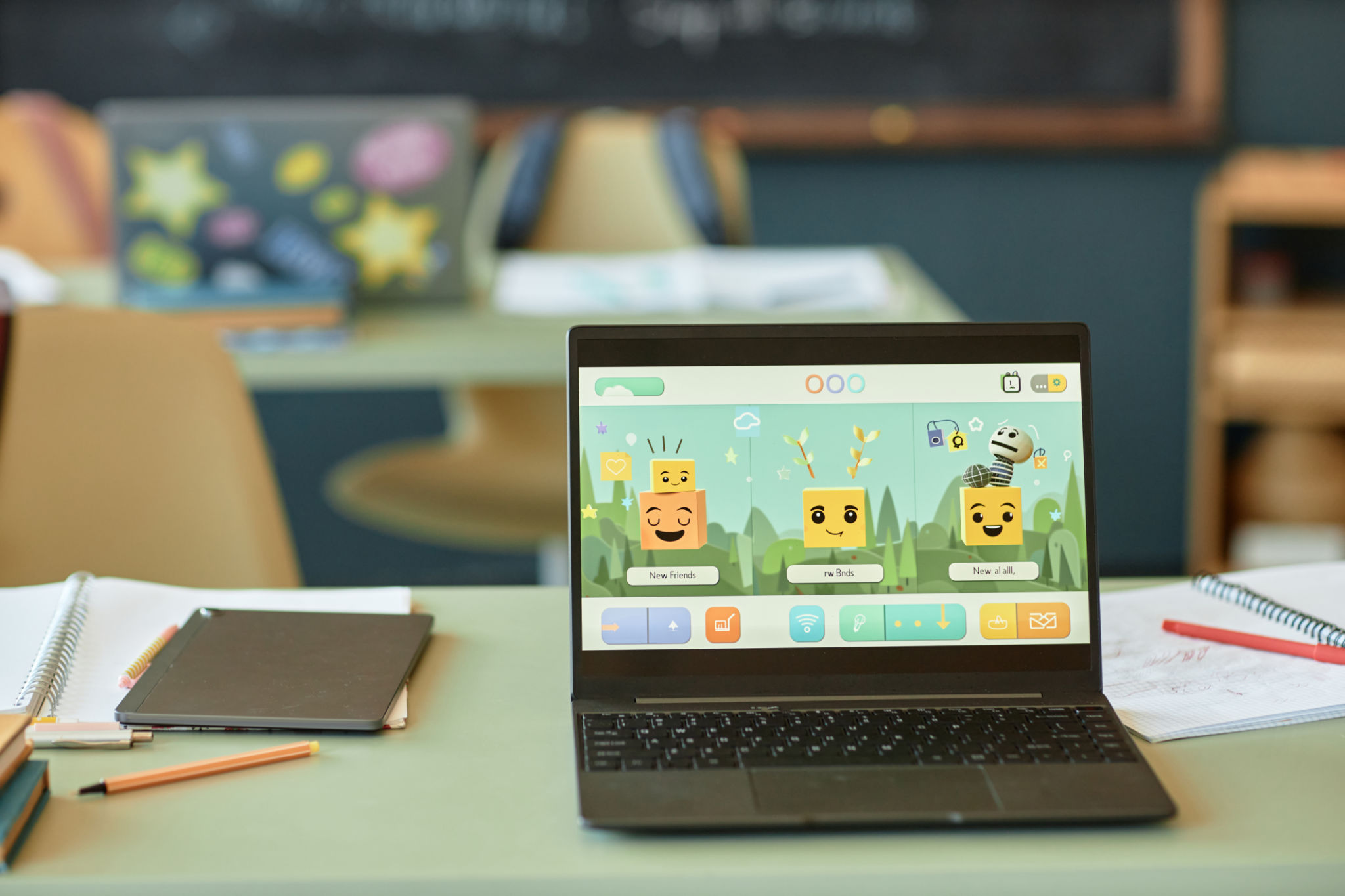Innovative Teaching Techniques in Virtual Classrooms: What Sets Ace Education Apart
Innovative Pedagogy in the Digital Age
In an era where digital learning is becoming increasingly prevalent, Ace Education sets itself apart by implementing innovative teaching techniques in virtual classrooms. As traditional classroom settings pivot to accommodate online learning, the focus is on creating engaging and effective educational experiences. Ace Education is at the forefront of this transformation, using technology not just as a tool, but as a platform to revolutionize the way students learn.
One of the core principles at Ace Education is the integration of interactive technologies. By using tools such as virtual reality (VR) and augmented reality (AR), students are able to immerse themselves in subjects, providing a more enriching learning experience. This approach encourages students to explore concepts beyond the textbook, facilitating deeper understanding and retention of information.

Personalized Learning Approaches
Ace Education recognizes that every student is unique, and their learning paths should reflect that individuality. By leveraging data analytics and AI, educators can tailor lessons to fit each student's needs. This personalized approach ensures that all students progress at their own pace, with support targeted to their specific challenges and strengths.
Implementing adaptive learning technologies, Ace Education's virtual classrooms can adjust in real-time to accommodate different learning styles. This means that whether a student learns best through visual aids, auditory materials, or hands-on activities, they have access to resources that suit them best. This adaptability not only boosts student confidence but also leads to improved academic outcomes.

Collaborative Learning Environments
In a virtual setting, fostering collaboration among students can be challenging. However, Ace Education excels in creating digital spaces where students can work together effectively. Through platforms that support group projects and peer-to-peer interactions, students learn valuable skills such as teamwork, communication, and problem-solving.
The use of discussion boards, video conferencing tools, and shared digital workspaces allows students from diverse backgrounds and locations to collaborate seamlessly. This global interaction prepares students for a world where cross-cultural communication is key. Furthermore, these collaborative opportunities encourage students to share different perspectives, enriching the learning experience for all.

Gamification and Student Engagement
To keep students engaged in a virtual environment, Ace Education incorporates gamification into its curriculum. By turning learning into an interactive game, students are more motivated to participate and achieve their educational goals. Gamification elements such as leaderboards, badges, and rewards transform routine lessons into exciting challenges.
This approach not only makes learning fun but also encourages students to take initiative in their education. The competitive yet supportive environment fosters a sense of achievement and encourages students to strive for excellence.

Conclusion: Leading the Way in Virtual Education
Ace Education's commitment to innovative teaching techniques in virtual classrooms sets it apart from other educational institutions. By embracing cutting-edge technologies, personalized learning methods, collaborative environments, and gamification strategies, Ace Education ensures that students receive a comprehensive and engaging education.
As the landscape of education continues to evolve, Ace Education remains dedicated to staying ahead of the curve, preparing students for success in an increasingly digital world. Through these pioneering efforts, Ace Education not only meets the demands of modern learners but also inspires them to reach their full potential.
